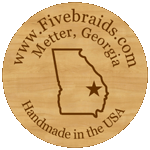Queen Anne Style Dressing Table
Click on any thumbnail below for full
size picture
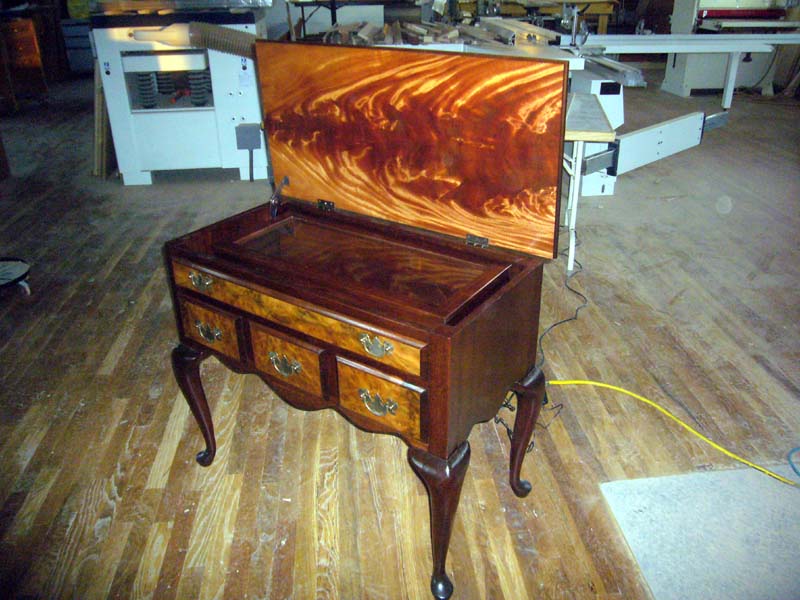
This custom piece was commissioned by the
curators of a local Statesboro Georgia museum. They needed a
lockable piece to display a jewelry collection for special events held at
the museum.
The piece needed to fit in with the other
furniture pieces that were already in the museum, a combination of
Hepplewhite, Chippendale, and Queen Anne styles. Since the
jewelry collection is stored off site and is only displayed during
special events, the piece needed to stand on its own when not
being used to display the jewelry, and not look like an empty
display case.
After considering several different options, the
clients agreed that a modified reproduction Mahogany Queen Anne
Dressing Table would fit their requirements.
As with all projects. CAD drawings were created
and submitted for approval:
Once the clients approved the CAD drawings, a full
scale prototype was built and brought to the museum to make sure the
dimensions and basic design concepts were approved:
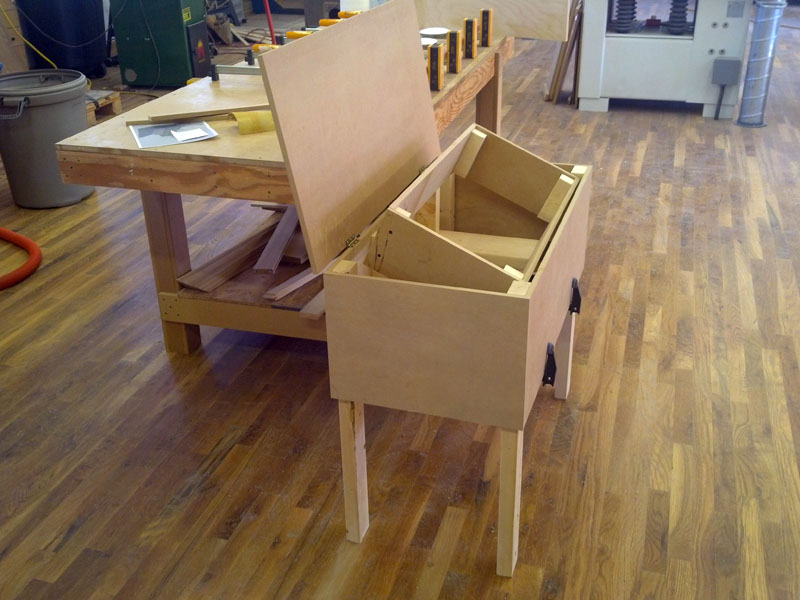
With the prototype approved, material decisions
were made. The basic carcass would be made of a solid Mahogany
and Baltic Birch plywood substrate covered in a straight grained
Mahogany veneer. Since there were only a few weeks to complete
and deliver the piece, and to help meet the budget constraints of
the museum, the cabriole legs would be purchased rather than built
in house.
A dramatic Mahogany Crotch Veneer was chosen for
both sides of the top lid. An equally dramatic Camphor Burl
veneer was chosen for the false drawer fronts:

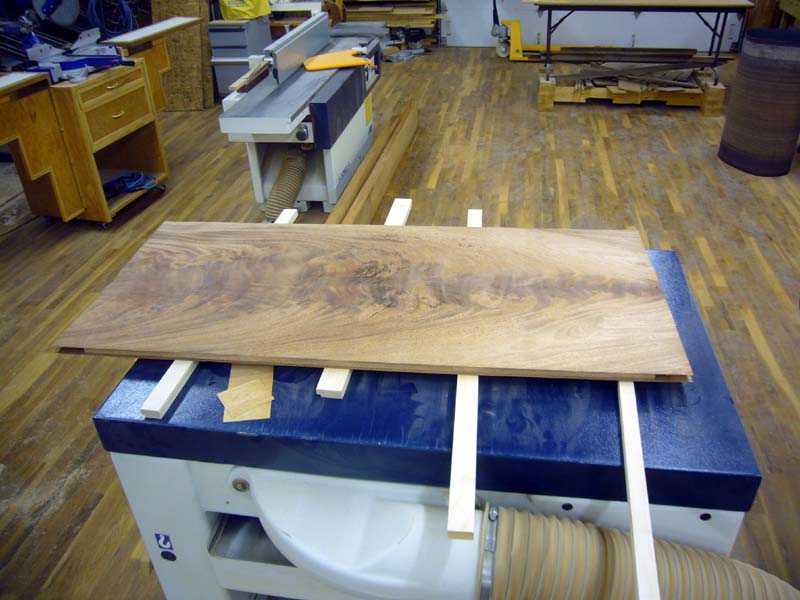
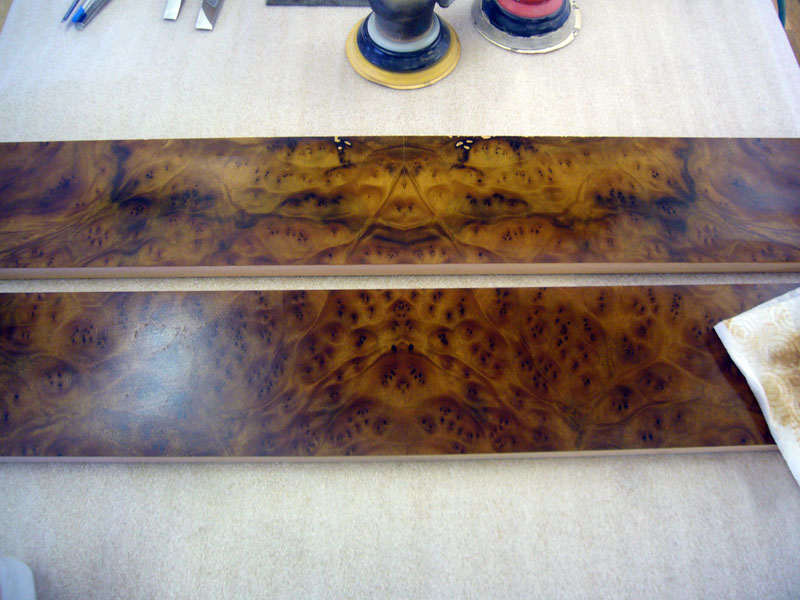
With the lid constructed, and the crotch veneer
applied, and the burl applied to the drawer fronts, it was time to come up with a visually pleasing design for
overall piece. This included a scroll for the bottom of the
front and sides, as well as dimensions and layout for the false
drawer fronts:
With the designs determined, parts were milled and
veneered:
Next came mortises in the legs to house the front,
back, and sides:
Since the legs are manufactured on a computer
controlled lathe, they exhibit typical lathe center marks on both
ends. Under normal conditions, these marks would not be seen
since they would be under the lid of the table. Since the lid
of this piece would be lifted to reveal the jewelry collection,
these marks needed to be covered...with thin pieces of solid
Mahogany:
With the case done, it was time to build the solid
Mahogany display case.
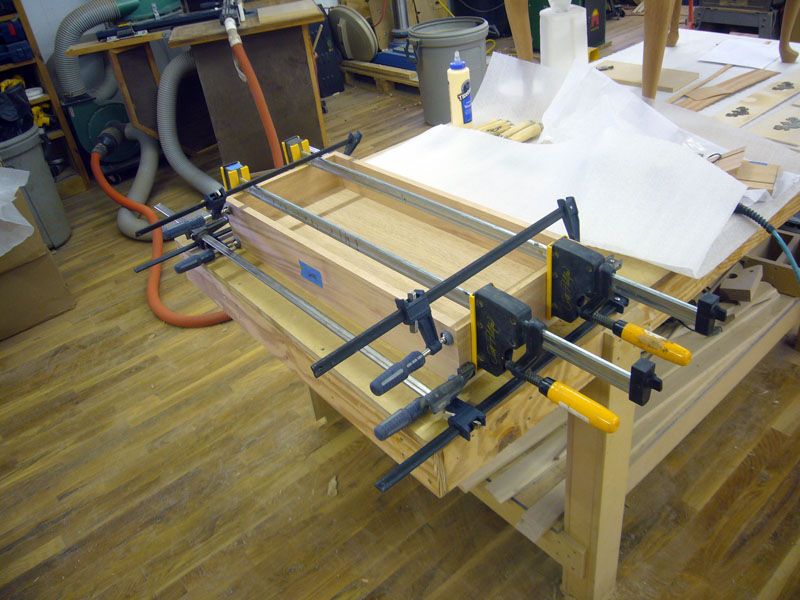
To reinforce the mitered corners of the box and
lid, a jig was built to allow dovetail slots to be milled across the
corners. Mahogany dovetail keys were made and glued into the
slots:
With the box built, it was time to check the fit
and make a veneered shelf for it to sit on:
Time to mount the hardware. Hinges were
mortised into the lid and case. A support system was designed
and built to allow the display box to be tilted for viewing.
A lid support was mounted to allow the lid to be held open when
displaying the jewelry:

Profiles were milled on the edge of the drawer
fronts. Period appropriate pulls were then located and
mounted. The drawer fronts were then mounted to the case:
With all construction completed, it was time to
disassemble the piece and get everything stained:
Several coats of lacquer sanding sealer were
applied to all parts. Hand sanding made the parts smooth and
ready for several coats of lacquer top coat:
The lacquer top coat was allowed to cure for a few
days, then the piece was reassembled and ready for delivery:
Oh yeah, low voltage, dimmable LED lighting was
installed to illuminate the interior of the display box:
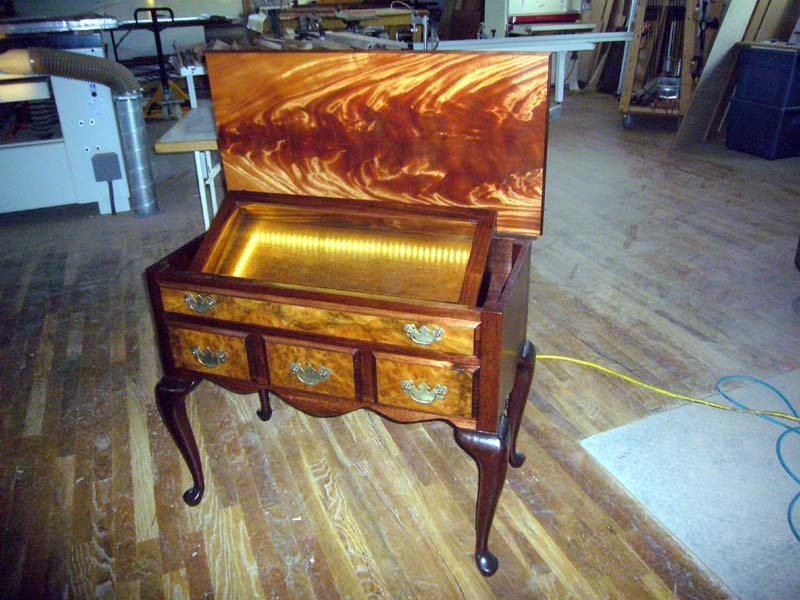
When the piece was delivered, a designer was
brought in to arrange the jewelry collection on a velvet board
that fits inside the display box. Here's what the final
product looked like in the museum:
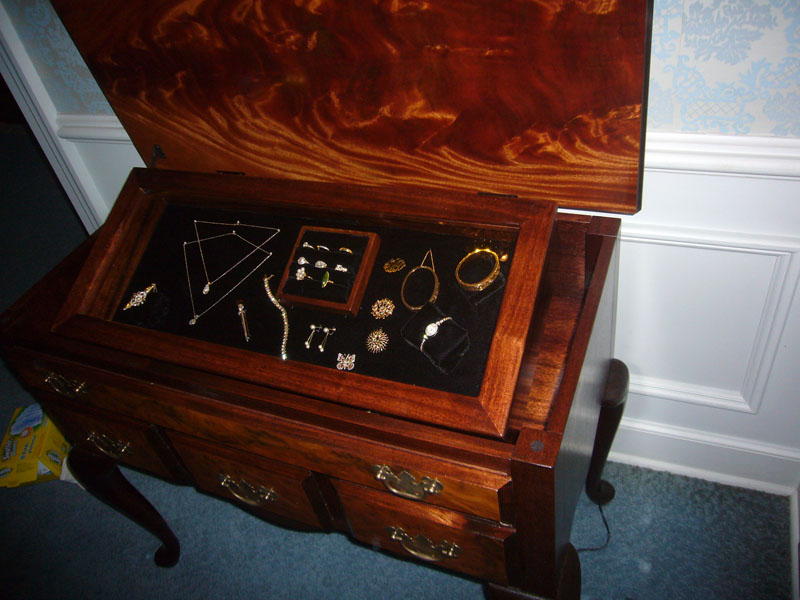
The plan was to take a picture of the designers
layout of the jewelry for the curators to refer to. They would
use this picture to replace the jewelry as designed when it was
brought to the museum. This wasn't going to prove to be as
easy as originally planned.
Instead, a carrying case was built to match the
piece. The designers board with the jewelry laid out will be
stored and transported in this case. Once at the museum, the
intact board will be transferred to the display box inside the
piece:
